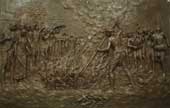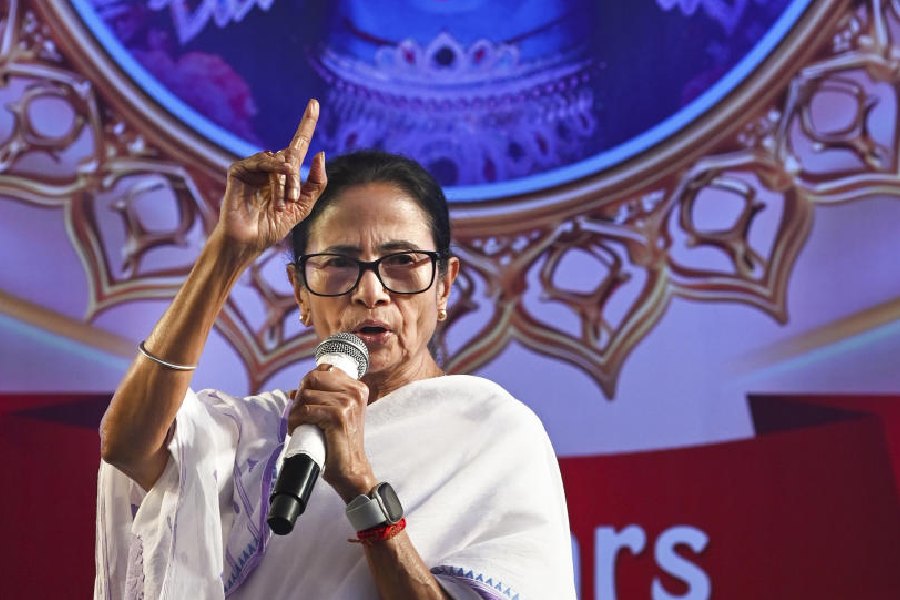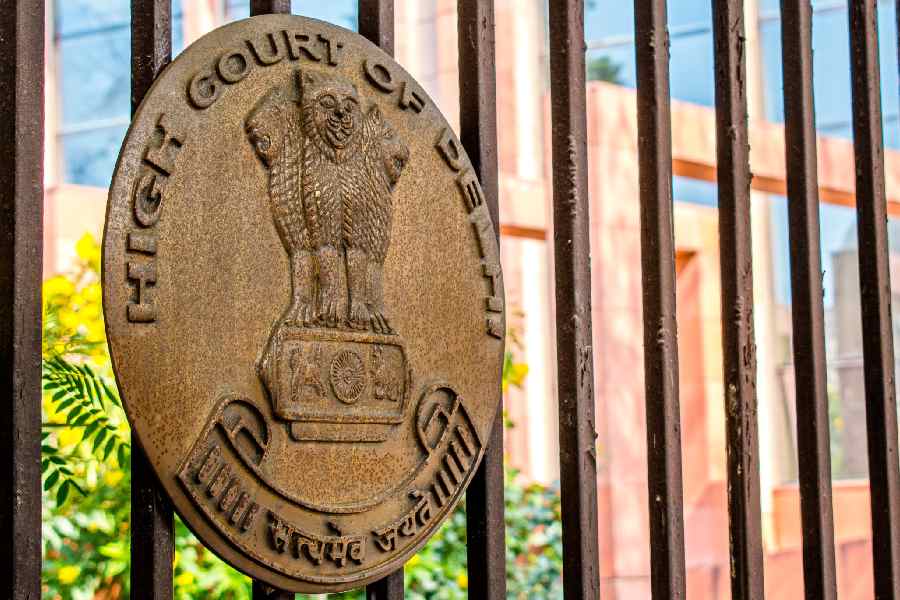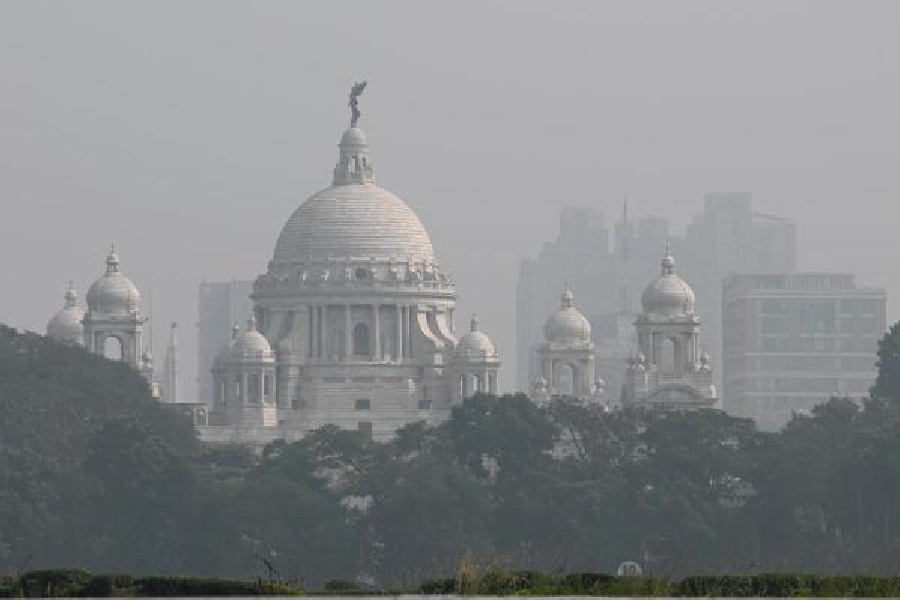 |
| A panel depicting sati that was inaugurated at the Rammohun Museum on Thursday. Picture by Amit Datta |
If we are small-minded and stunted ourselves we tend to look at the entire world from our own very limited point of view. The eyesore that purports to be the Raja Rammohun Roy Memorial Museum on Amherst Street is more like a memorial to the perverse ideas that the public works department (PWD) has about restoration, and the pettiness of those who conceived the museum than a project to perpetuate the memory of one of the giants of the Bengal Renaissance. Rammohun’s 231st birth anniversary was celebrated on Thursday.
Rammohun’s “Maniktala garden-house” is a police museum now. The Amherst Street house is about 180 years old and was once occupied by his sons, Radha Prasad and Rama Prasad. It is assumed that the “Simla house” had been home to Rammohun for a few months at least, before he left for England in November 1830.
A marble plaque attached to a pillar testifies to the fact that his family lived here. Rammohun’s descendants lived here till 1960. Then squatters took over, and by the time the house had been reclaimed in 1986, it had been stripped of much of its valuable teak and marble. The building was a wreck. The Calcutta Municipal Corporation designated it a heritage building. Rammohun Roy College proposed to turn it into a museum.
The PWD took over its “restoration”. The government agency sullied whatever it touched. Salmon pink touched with paan-spittle red, the building is a colossal cake for a nightmare wedding. The porch with its impressive columns is monumental in its ugliness. The ceiling is decorated with cement wreaths, their design being the product of the hasty coupling between acanthus and alpana. This is also touched with paan-spittle red. The marble flooring looks like it was pilfered from some sulabh souchalay. The PWD had the sense to leave the wooden staircase intact but instead of putting it to good use and showcasing it, the PWD has built a cement one itself.
The ornate ethnic designs (of vaguely south India origin) on the doors could only have been inspired by bamboo-work puja pandals skilfully executed by the artisans of Rambagan. The college authorities must have been wearing blinkers when the PWD was giving shape to this horror.
Whatever the PWD left untouched still retains its dignity in decay. The stone-clad portal with urns are quite obviously original. And so is much of the rear that is not visible from the front.
The museum, if this single-room affair deserves such a name, contains a couple of laminated facsimiles of documents related to the life and times of Rammohun. The most impressive exhibit is the death mask but it is a copy. There are some photographs of the remains of his ancestral seat in a Burdwan village, and that’s it. The “museum” has received Rs 2 lakh from the Victoria Memorial Hall. Other donors have contributed about Rs 3-4 lakh.
A panel depicting Sati was unveiled during the day. More such will be displayed later. This is the greatest indignity that the Renaissance man could have suffered.










